hi oldcoot!
I'm a great fan of yours. I've read all your posts to DC. I've learned a lot from you

You're an experienced baker and not afraid to experiment.
Thanks for your contributions to this thread. The pictures you included were great.
I would like to comment on some of the parts of your post...
oldcoot on 07-31-2005 said:
First, the "Biga" thing. Using the posted "Bakers' Percentages" (100% flour, 74% water, and 0.2% AD yeast) I made my biga - or rather bighino, I guess - using 5.4 oz AP flour, 4 oz (1 cup) warm water, and 0.1 oz AD yeast
Covered the bowl tightly with plastic wrap and set aside at room temp (75F day, 60 F night) for 23 1/2 hours. Had a pleasant, slightly sour aroma. Half an inch of water on top.
Maybe you were aiming for a slight "sour dough" flavor, but, IMHO, your rising time was too long, given that the biga was rising at 75F for about 12 hrs and at 60F for about 12 hrs. One indication of this is that it had water on top. You shoudn't get that kind of seperation in the biga (see my pix of this biga on pg 1 of the thread).
If you want a 24 hr rise, keep the temp closer to 60F for the entire time. Even at this temp, about 12 hrs should be sufficient. The key is that the biga approximately triples in bulk. When this has happened, it is time to either use it or refrigerate it to stop the yeast growth.
Commercial yeast cannot, at a certain point, continue to multiply when the preferment gets too acidic yet the acidity is a natural by-product of yeast growth. Acidity is what you can sense in the
sour aroma. If the dough gets too acid, the yeast starts to die. (This is in contrast to true "sourdough starters" which are cultivated by capturing wild yeasts naturally present in the air. These wild yeasts can tolerate higher acidity and will continue to multiply.)
oldcoot on 07-31-2005 said:
Formed dough and placed it in pyrex loaf pan. It took 2 hours to double!
This is about right. However, my experiments lead me to the conclusion that, for this kind of bread, it is sufficient to have the dough rise in the pan to about 1-1/2 its original size. I find that gives me better oven spring (eg - further rise when baking)
oldcoot on 07-31-2005 said:
Into a preheated 400 F oven for 35 minutes. I expected addtonal rising in the oven - didn't happen! Sometimes it does, sometimes it doesn't. Howcum???? Anybody????
I posted recipes, pictures and comments re my experiments using this biga for a loaf-style bread. They're on page 3 of this thread - see
my attempts at white bread with a pre-ferment,
My White Loaf Bread with Biga Redux - Part I and
My White Loaf Bread with Biga Redux - Part II (Unfortunately, due to the switch to a different forum software, my posts now require scrolling horozontally to be able to read all the text. Am clueless whether this can ever be corrected.)
Not sure what to say here. I've continued to make this bread and I typically get an additional one-inch rise when baking it. I find that the oven spring happens (if its going to happen at all) during the first 15-20 minutes of baking.
While you're using (like me) pyrex bread pans,. I do note
you're baking at an initial 400F, rather than the 450F temp recommended in my recipe.
Did you continue to bake the bread at the lower temp that was recommended after the first 20-30 minutes? Did you also do the "drying out" stage?
oldcoot on 07-31-2005 said:
Here's the result: Flavor not great. Slightly sour, but not that nice "sourdough" kind of sour. Texture fair, a tad heavy for my liking. Nice thin crust,'tho. Loaf weighed 1.2 lbs. ...
Conclusion: Bigas, sponges, etc. are fine, and add flavor and may improve texture some, but I have had equally good or better results without them. So I am still undecided.
I would be the first to admit that making bread using preferments is a lot more work than just
making an ordinary loaf dough.
I know you've posted a lot of tips and recipes for producing great tasting bread without this extended approach. You also like to experiment with producing a "sourdough" bread with commercial yeast. However, breads made with preferments are not intended to produce that "sourdough" flavor. They have, if well made, their own, unique flavor but it is not "sourdough". That doesn't mean you can't experiment (how else can one learn?); it just means that these kinds of breads are not designed for the sourdough approach.
These doughs tend to be a lot "wetter" than I'm used to. Due to the high water content, they are fragile during the
rise and require extremely gentle handling. I am still experimenting myself. I am a
struggling student of this approach, not an expert by any means.
However,
My White Loaf Bread with Biga Redux - Part II does not disappoint me. The texture (what it looks like when sliced) has small holes throughout. It is
not heavy at all. The crust is thin and crackly (especially on the top, where it is exposed to evaporation during baking). The flavor is great. Keeping qualities are poor (it only stays fresh for 1-2 days) but that doesn't matter since it is usually consumed within 24 hrs.
In one of my posts in this thread, I mentioned that friends and neighbors also get the fruits of my labors. It is really helpful to me to get feedback from others about my bread-making experiments.
I will say that
My White Loaf Bread with Biga Redux - Part II has gotten high praise from everyone I've given it to. I have several neighbors in my apartment building who have asked to get a loaf of this bread whenever I make it.
I am still struggling with free-form bread using preferments, as all can see by looking at my post
my Freeform Loaf with Preferment - Part I on page 5 of this thread. The breads I've baked with this technique have, so far, never equalled the taste and texture of
My White Loaf Bread with Biga.
Do please continue to experiment with preferments and post your thoughts, musings, results etc. to this thread.
This is a
collaborative thread that solicits responses from
all Readers
SF [2620]

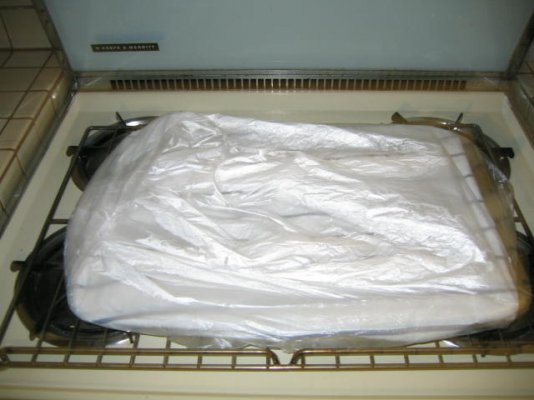
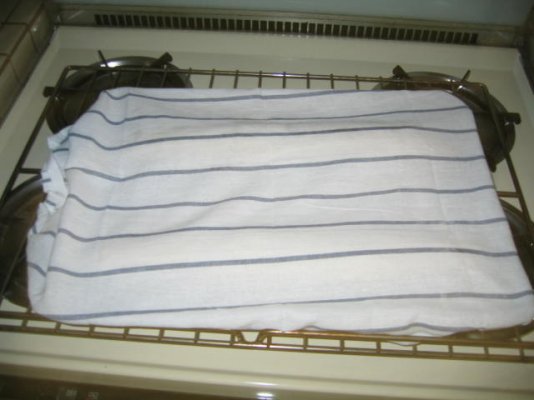
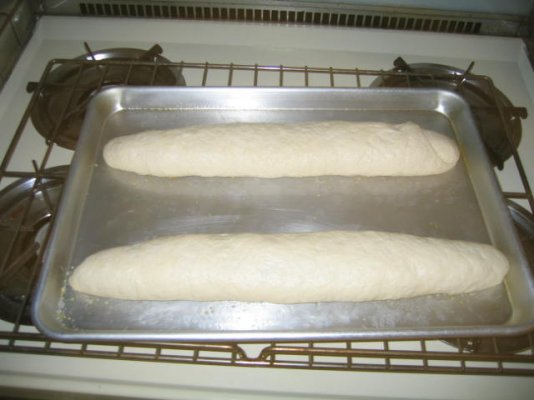
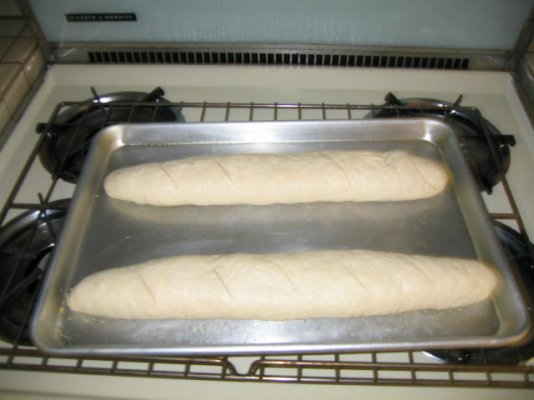
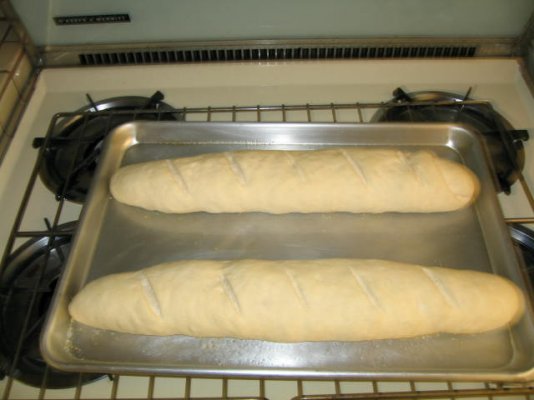
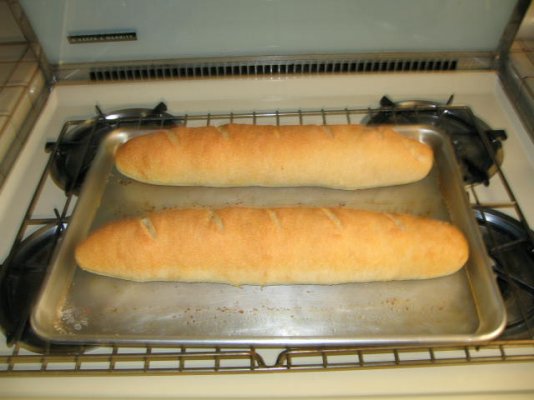
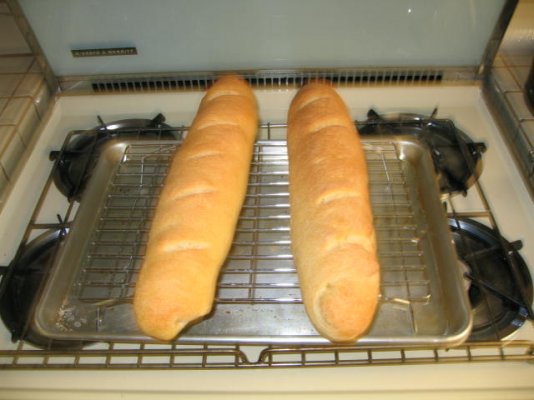
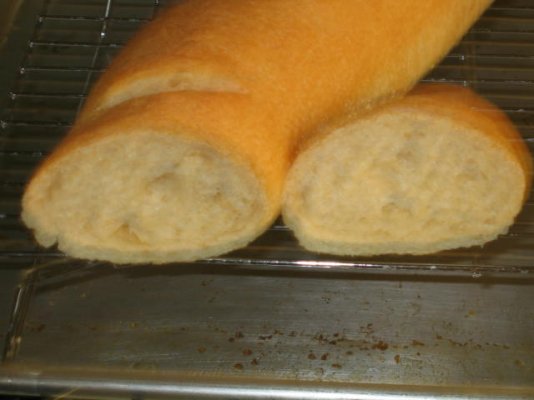
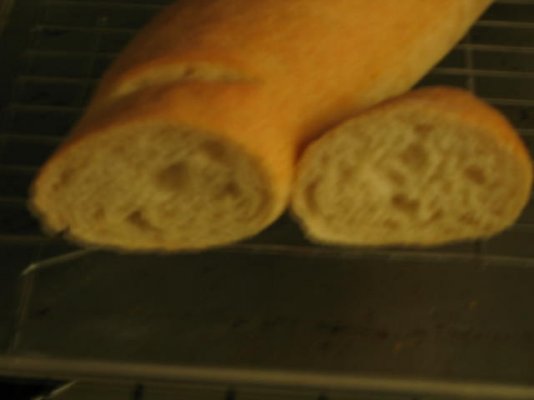
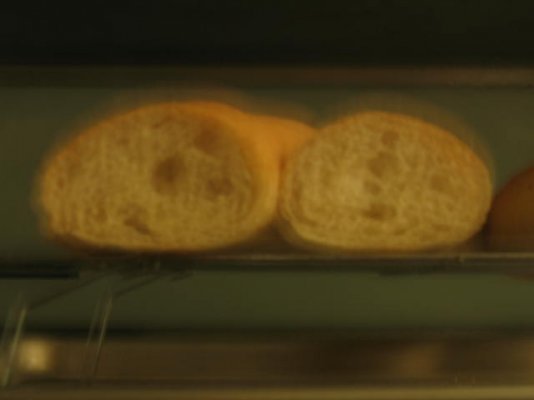
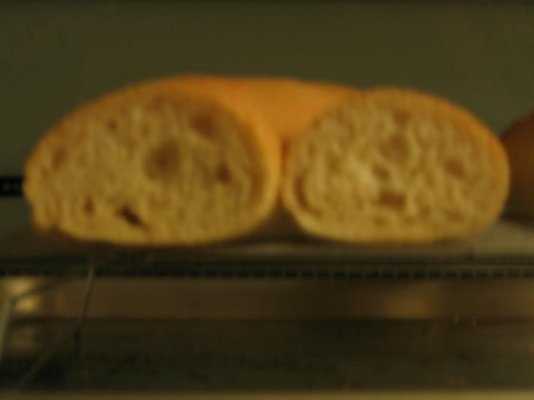
 Kind of... I went off the recipe you posted but sort of combined it with one of my friend's. She had used that recipe in the past and had made some changes for the climate/elevation here. Not huge differences, but she combines flours (50% bread flour, 35% AP and 15% of her home-ground wheat) and adds a little lemon juice to the biga... The lemon juice was mainly for the phytic acid.
Kind of... I went off the recipe you posted but sort of combined it with one of my friend's. She had used that recipe in the past and had made some changes for the climate/elevation here. Not huge differences, but she combines flours (50% bread flour, 35% AP and 15% of her home-ground wheat) and adds a little lemon juice to the biga... The lemon juice was mainly for the phytic acid.